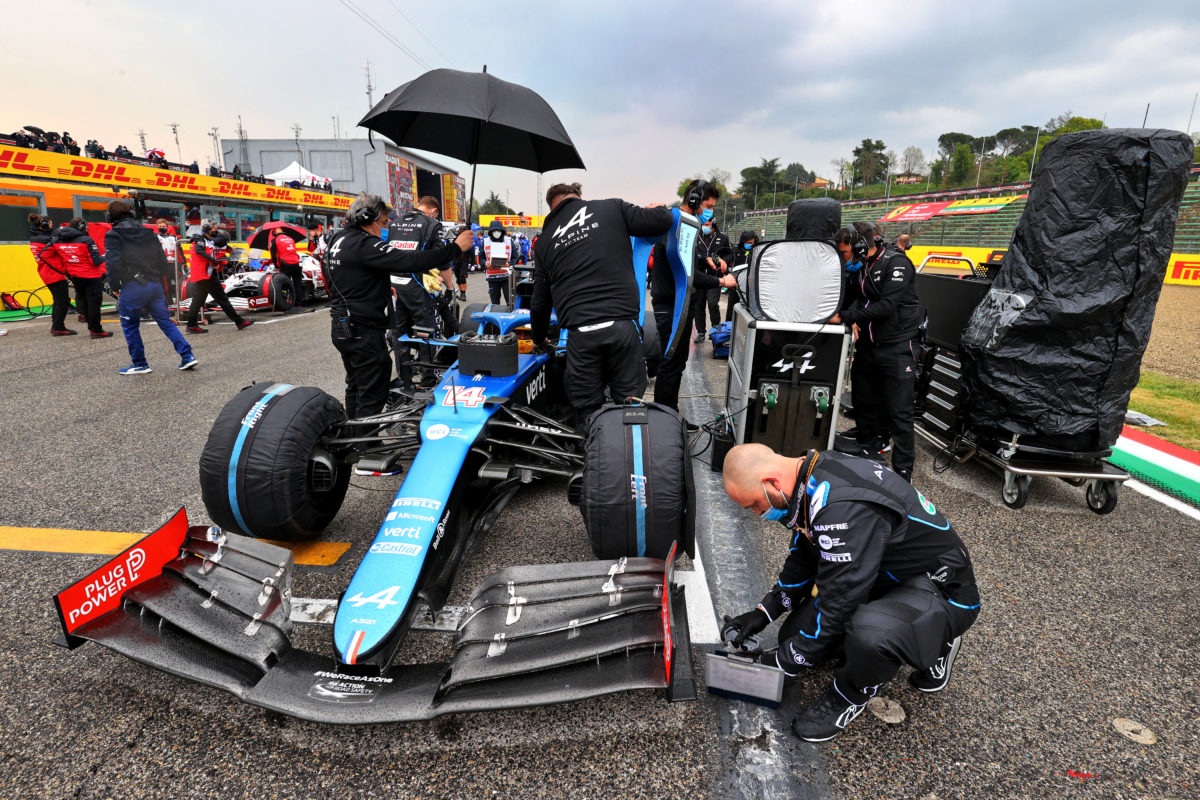

More details on how Formula 1 will introduce the Sprint Qualifying at three events this year have emerged.
It was yesterday announced that selected events will feature a 100km qualifying race on Saturday afternoon, the finishing order from which will set the grid for Sunday’s race.
However, it omitted some key details which Speedcafe.com can now reveal.
Sources have confirmed the extent of the changes made to the sporting and financial regulations to accommodate the Sprint Qualifying format.
Most notable is the reduction in the tyre allocation for those events, with each car assigned just 12 sets of tyres; two sets of hards, four mediums, and six sets of soft compound rubber.
That’s down from 13 sets at a standard race weekend, where teams have two additional sets of soft compound tyres, but one fewer of the mediums.
Further to that, drivers will have free choice of the rubber on which they start the race.
Grid penalties will also be applied to Sunday’s race, meaning a driver changing engine or gearbox could theoretically start Saturday’s Sprint Qualifying session from pole with the grid drop applied for the following day.
Those penalties would be applied in chronological order, once any non-starters from the Sprint Qualifying have been accounted for at the back of the grid.
Once underway, for all intents and purposes, the Sprint Qualifying session is managed in an identical fashion to the race itself when it comes to starting procedure, on-track incidents, Safety Cars, and restarts.
The session has a 90-minute window in which to complete the 100km, or 60-minutes of running, to account for potential stoppages.
Cars will be placed in parc ferme conditions from the start of Friday’s qualifying session, or from the end of Q1 in instances where a car does not leave the garage.
Another consideration for rule makers was regarding the financial impact the new format would have on teams, especially in instances where damage was sustained during Sprint Qualifying.
Formula 1 is this year operating under financial regulations, with several of the front-running teams operating just below the USD $145million cost cap.
As such, amendments have been made so that teams can make adjustments to their accounts based on their fortunes in the Sprint Qualifying session.
Regulations for the new format are set to be voted on by the World Motor Sport Council later this week before being formally incorporated in F1’s rules.




















Discussion about this post